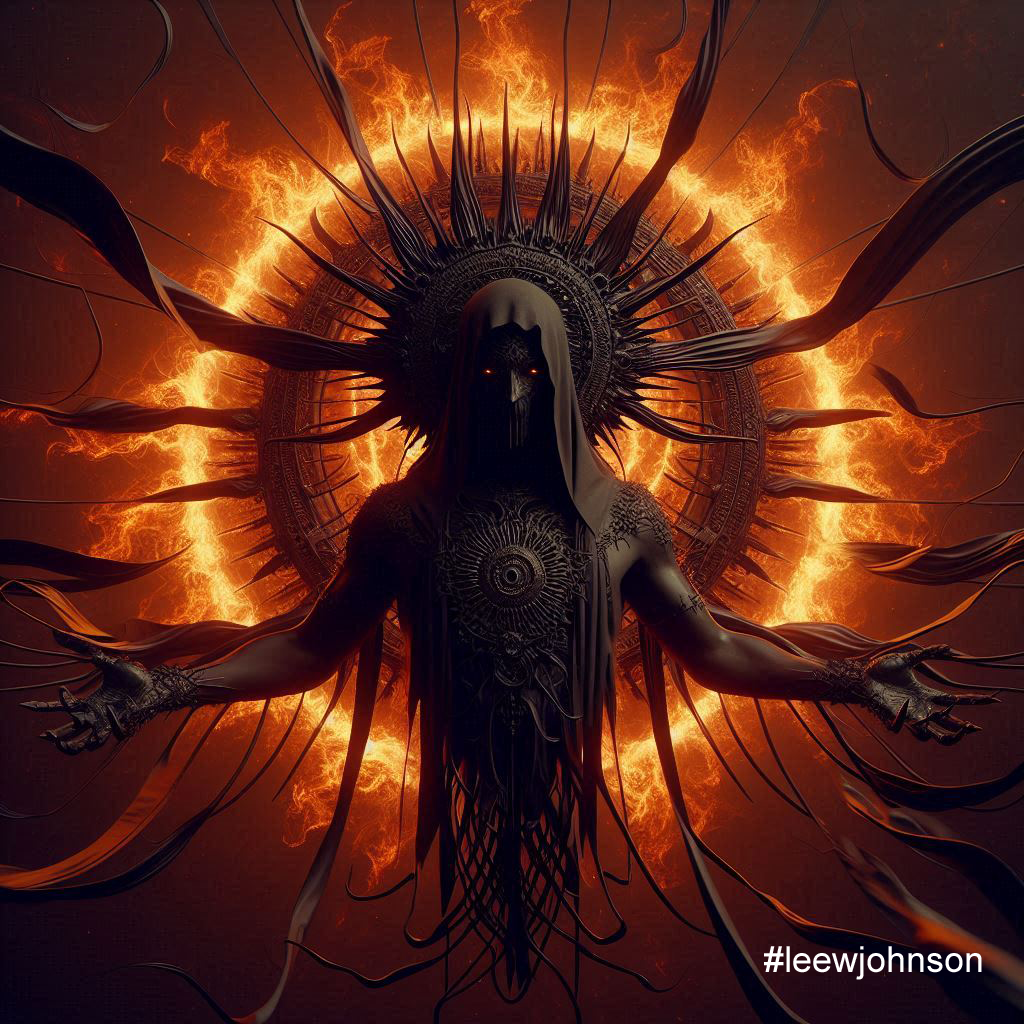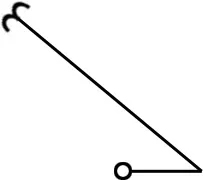Sorath

Correspondences:
Direction: North
Greek Vowel: Iota
Shape: Hexagon
Plants & Incenses: Frankincense, Gold, Quartz, Sunstone, Juniper, Lavendar
Colour: Yellow, Gold, Black, Indigo, Orange, White
Planets: Earth; Uranus; Sun
Sorath is a figure in the pantheon of solar deities. However, alongside solar gods such as Ra or Apollo, he is one of the lesser known.
The name Sorath is believed to be derived from the Hebrew term “Sorath” (סוראת), which is associated with the number 666, often linked to the biblical “Beast” in the Book of Revelation. The difficulty I find with this particular association is that scholarly research has revealed that the story within Revelations is based on past events and revolved around the Emperor Nero. If we consider the gematria of the name Sorath as being 666, then this begs the question, was the name or term Sorath associated with the Emperor? Also, was Nero considered to be a solar god by his followers? Questions that might be worth more study, if you are interested.
Sorath’s origins are elusive, with references appearing sporadically in medieval and Renaissance occult manuscripts. The figure is not a part of mainstream mythology but rather a product of esoteric traditions that blend elements of astrology, alchemy, and mysticism. Some scholars suggest that Sorath represents a corrupted or inverted aspect of solar energy, embodying the darker, destructive potential of the sun, such as solar flares, droughts, and other natural calamities. This destructive power is not merely physical but also spiritual, symbolizing the intense purification and transformation processes.
In alchemical traditions, Sorath embodies the final stage of the Great Work, where the alchemist confronts and overcomes the ultimate challenge or corruption. This stage is often depicted as a confrontation with one’s shadow or darker self, leading to spiritual rebirth and enlightenment.
Sorath’s role varies across different esoteric systems, but common themes include transformation, purification, and the duality of creation and destruction. In Rosicrucian and Theosophical teachings, Sorath is seen as a counterforce to the Christ consciousness, representing the necessary opposition that brings about spiritual growth and evolution.
In modern occultism, Sorath is sometimes invoked in rituals aimed at personal transformation and the breaking of old patterns. The deity’s energy is considered dangerous but also deeply transformative, capable of burning away impurities and creating profound inner change.
Jehannum notes that a great many Occultists will suggest that Sorath is the spirit to stay away from, but does go on to discredit these claims. He also go on to say, “Sorath is often worked with in pursuit of motivation and control over one’s life. He can bring the magickian into Daath and immerse her in Saturnalian rites. He can empower one’s subtle body, psychic senses, and astral double, and he can augment one’s attunement to the alchemical elements of fire, air, and water. He can strengthen one’s clairsentience and improve her ability to receive visions. The auspices of Sorath are useful in shielding, and he can help the magickian astrally project to far-away regions of the acausal/spirit plane(s). He’s related to the atavisms of the cheetah, leopard, gecko, bear, and the black-maned lion. He’ll uproot your life so you can build something new.”
If you have read Agrippa’s Three Books of Occult Philosophy, or Barret’s The Magus, you should recognize Sorath as the Planetary Spirit of the Sun. In Practical Planetary Magic by David Rankine and Sorita D’Este say the following: “Sorath has a large and full body or great stature. His skin is reddish with a gold tinge. He moves swiftly, as lightning. The sign of his appearance is a tendency for the magician to start sweating.” His sigil from Agrippa is as follows:
